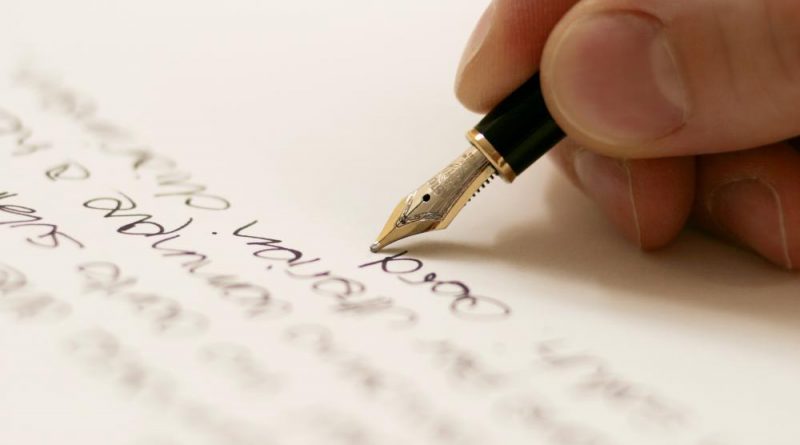Short Story Master Class 1: Parts Of A Story
By Charles Opara
When you think of a story, think of a string of pearls, a necklace. The entire string is the plot and
the pearls are the scenes. The plot is the string that threads the scenes, the pearls, and keeps them
connected. The piece of string between two pearls contains the not-so- significant events in the
story that the writer does not wish to dwell too much on. The pearls, in otherness, are the
opposite; they are the scenes the writer wishes to share in detail with the reader. With this
metaphor, I'm sure you’ll agree that the pearls are the beauty of the necklace, the reason why we
buy the necklace. And so it is with fiction.
It might be possible to write a first-of- a-kind masterpiece that doesn’t include character and
plot—two traditional elements of fiction—but I have my doubts as to whether this can be
achieved without a single scene, or setting, however vaguely described. Even if you must
sacrifice plot—that thing that connects all your scenes—you can’t have good fiction without a
setting, a story world. If you try, your efforts will result in just the string, which is something
aimed at informing the reader rather than something aimed at transporting the reader to a
different time and place, like a story outline, a skeletal account. And that’s not good. People read
fiction mainly to be entertained, and this is hard to do without first taking them into your story
world. Scenes are the building blocks of entertaining stories. There is no better—or,
rather—there is no other way to make readers feel joy, anger, disgust, lust, horror, sorrow,
tension, excitement and the rest than by first putting them in a scene with your character.
You can syllogize a few things from what I’ve said:
— A story is a collection of scenes connected by a plot.
— Sometimes, a story can have just one scene.
— A good work of fiction can never be just the plot. (That would be the story outline or the
synopsis, which is different from the sample chapters we send to publishers and literary agents).
The plot, the story goal, the theme, the characters, the conflict and the setting, especially the
opening and final settings, are six things you need to determine before you begin to write your
story. If you are clear on these, then, only your writing can let you down. I used to be one of
those people who I didn’t plan my plot up till the end before I started to write. This meant I never
knew how my story was going to end when I started my story, nor did I know how my characters
would develop. My thematic statement was a mystery to me. Which is why I often had to redraft
my stories, many times, too many times, sometimes having to make major changes. To forestall
against this, develop the habit of working with and working through a story plan that includes the
six things I’ve already mentioned. By story plan, I mean a rough sketch or a skeletal framework
that gives you a clear idea on what you want to write about.
The Elements of Fiction (expressed as parts of a necklace)
Going back to our imagery of the necklace (used to represent a story), let’s try to appreciate the
various elements of fiction better. As we’ve already said, the beads would be the scenes or
settings where actions take place in the present time. The string would be the plot. Looking at the
string more closely, you'll notice a repeating pattern in the beads. (There usually is, in a good
necklace.) This pattern is the theme. The bead is the place where your characters and their
conflicts are magnified. What would the clip of the necklace be, that thing that keeps the
necklace in one piece around your neck? Can you guess? Pause from reading and take a trice to
think about it.
I'm referring to the part of the necklace that allows you to wear it around your neck. It's called
the clip of the necklace. And so I am invariably asking, What is the part of a story that keeps a
story clipped together. Without the clip the necklace would not stay around your neck; it would
fall off. So the clip is very important. In fact, without it, the necklace won’t make sense, there
will be no point trying to wear it, as it won’t stay around your neck and won’t be appreciated. So
what is it that plays that role in a story, figuratively speaking?
Here’s a clue: it’s an aspect of the theme.
The answer is… the thematic statement. The theme has two parts: a concept and a statement. The
thematic concept is the pattern that we see in the beads while the thematic statement is the clip at
the end of the necklace that allow it to be worn. The thematic concept is commonly referred to as
the theme. While there isn’t a common name for thematic statement, to my knowledge, my guess
for its more generic term would be the story goal. (The story goal is different from the character
goal.) Story goals have to do with the morals or the lessons stories try to teach. The thematic
statement is the salient message/idea/point that the reader gets from the story. When a story lacks
thematic statement (story goal) then it is all plot and no purpose, a collection of different events
(different actions described within a setting) that have nothing binding them together, nothing to
make you appreciate why the writer took the trouble to tell them. Many readers consider these
type of stories a waste of time.
To be continued. Click to read Part 2 HERE.
Charles Opara is a programmer with the National Population Commission in Nigeria. He is a short story writer and speculative fiction novelist who enjoys the logic involved in creating programs and stories. His short stories have been published in Flash Fiction Press, Zoetic Press, and Ambit Magazine.




